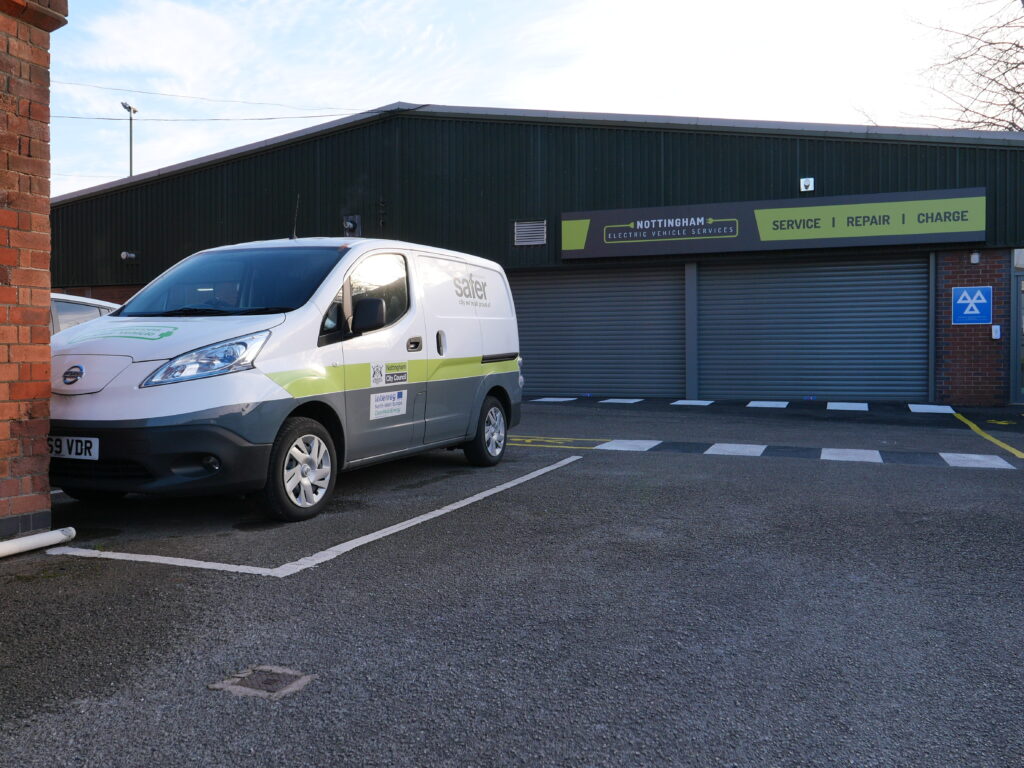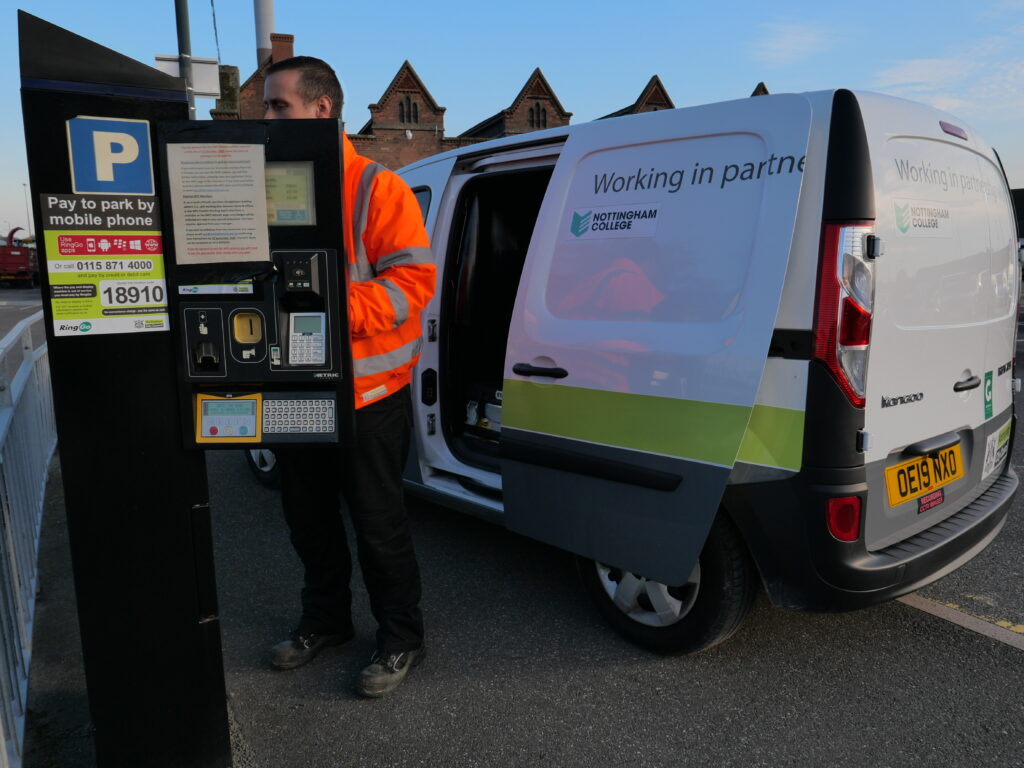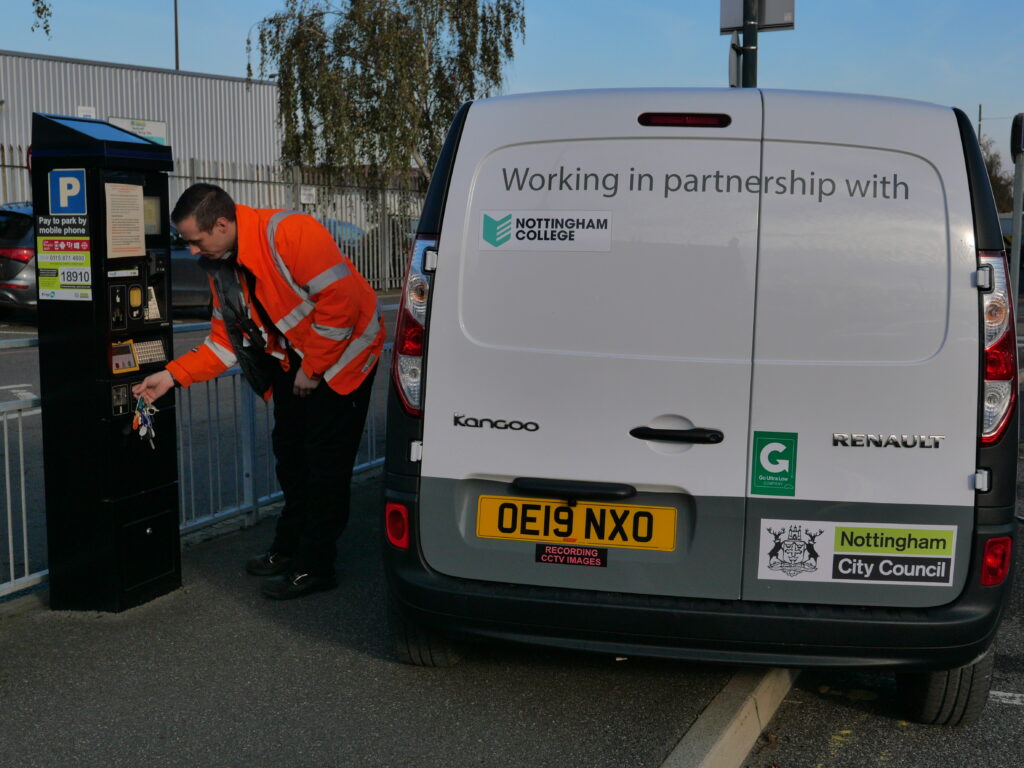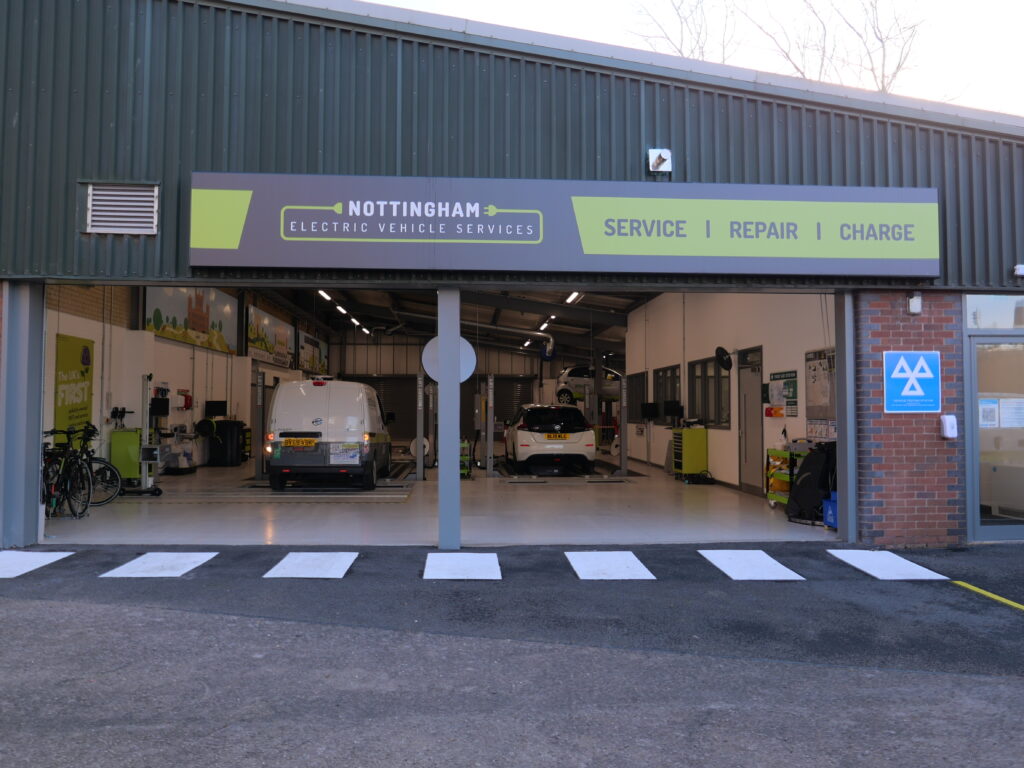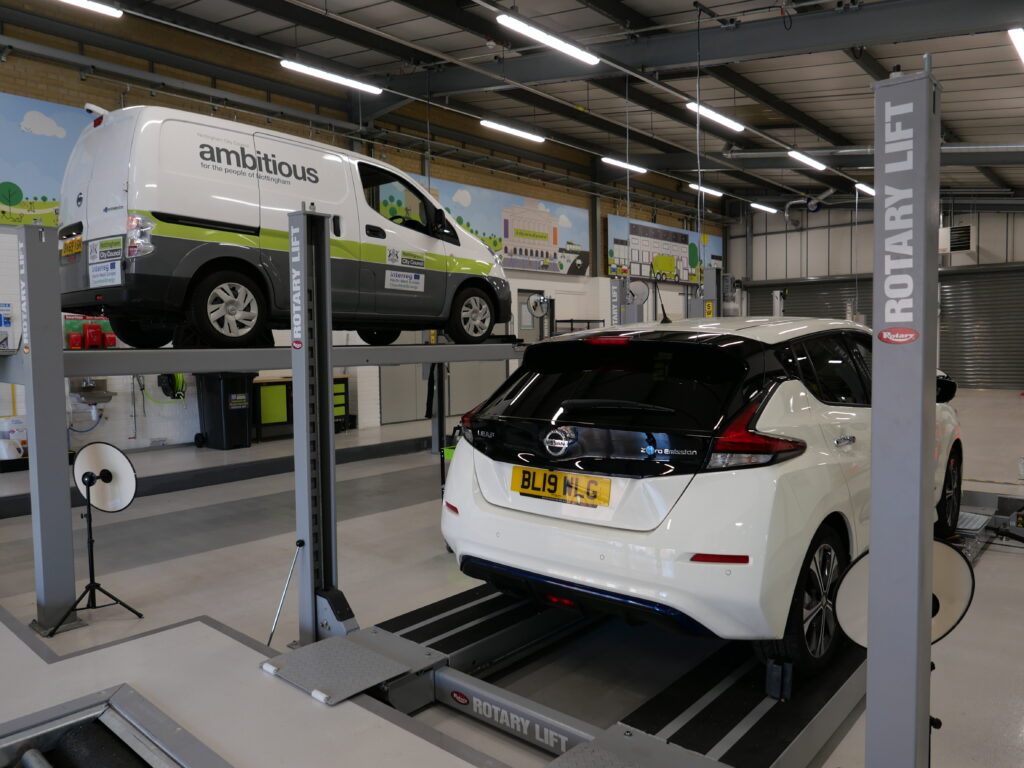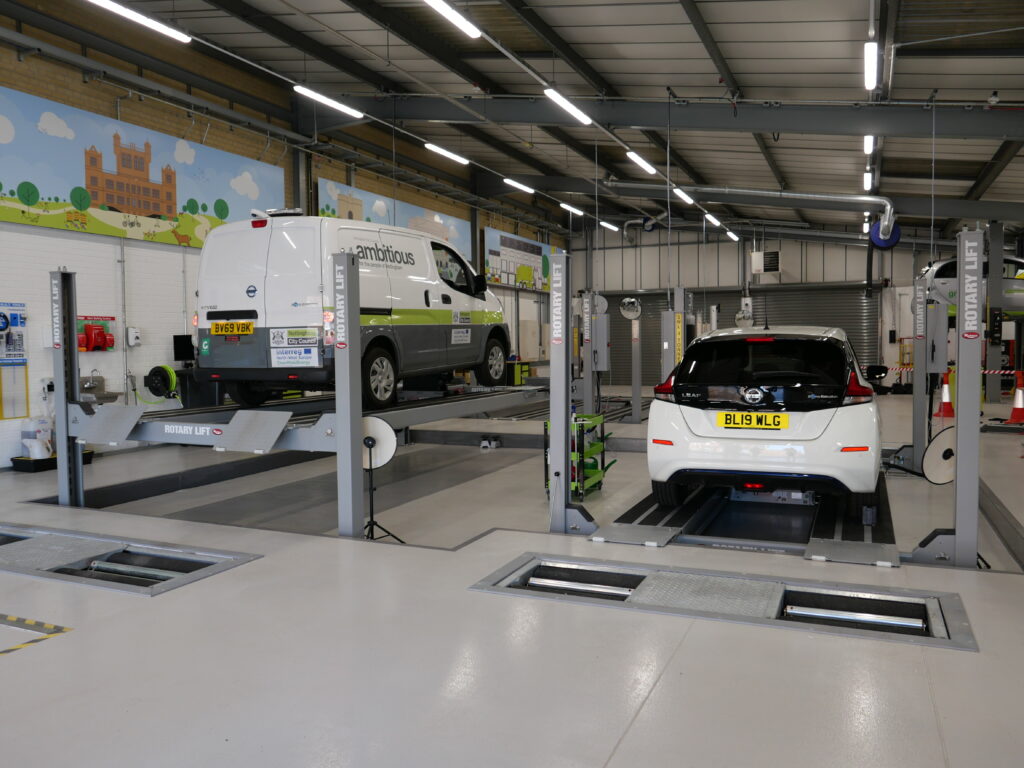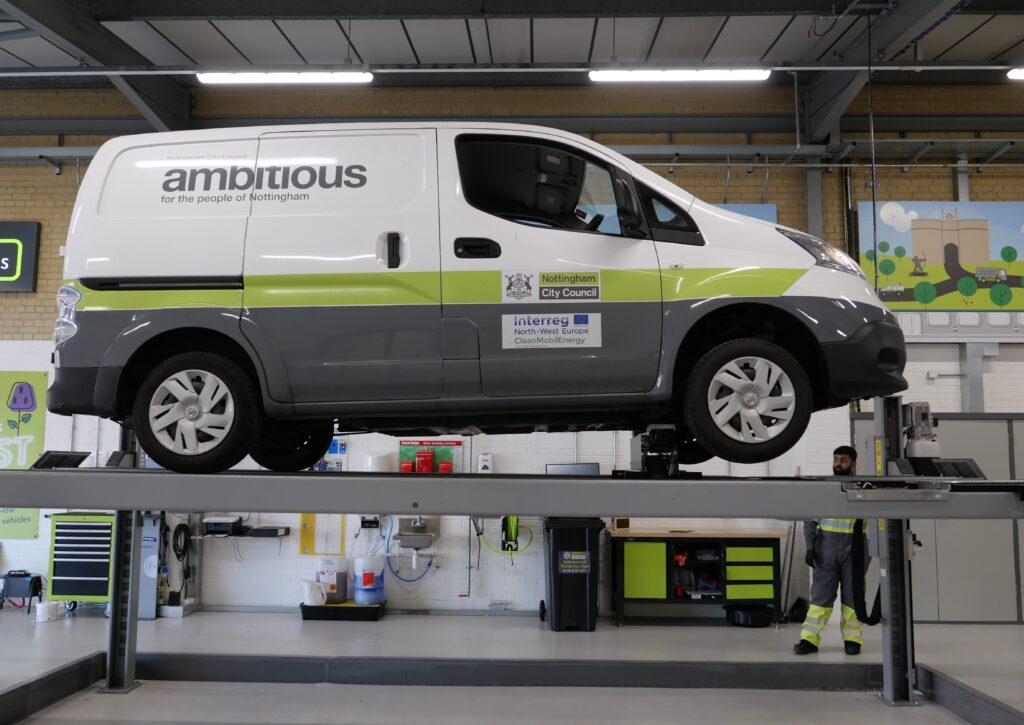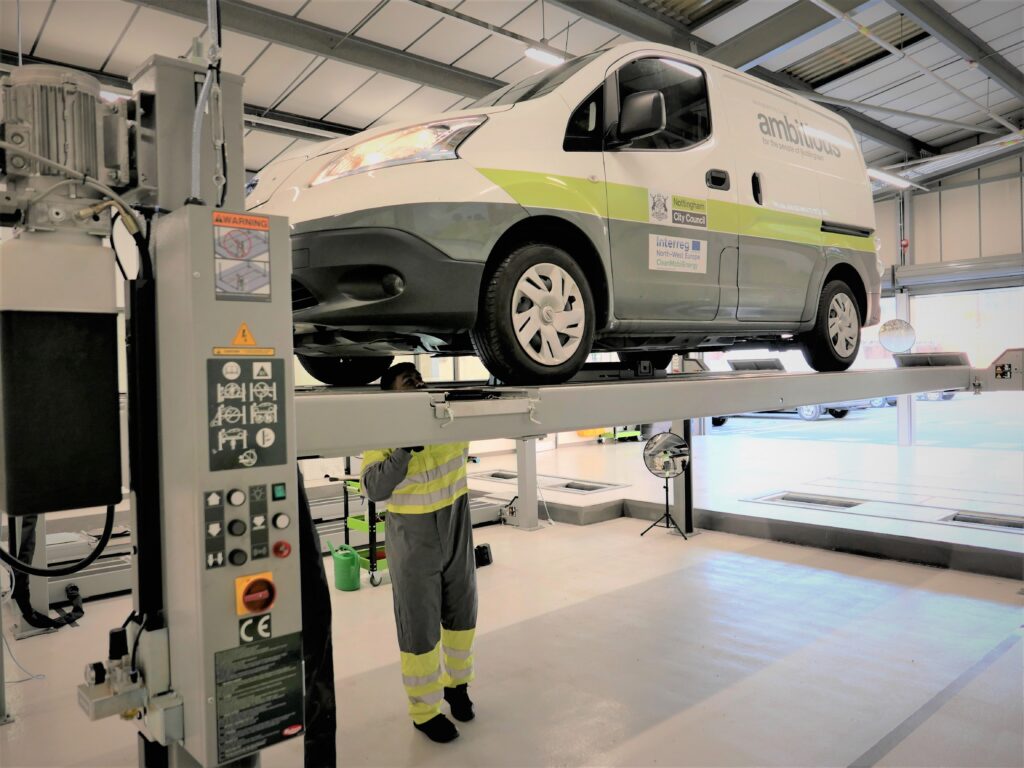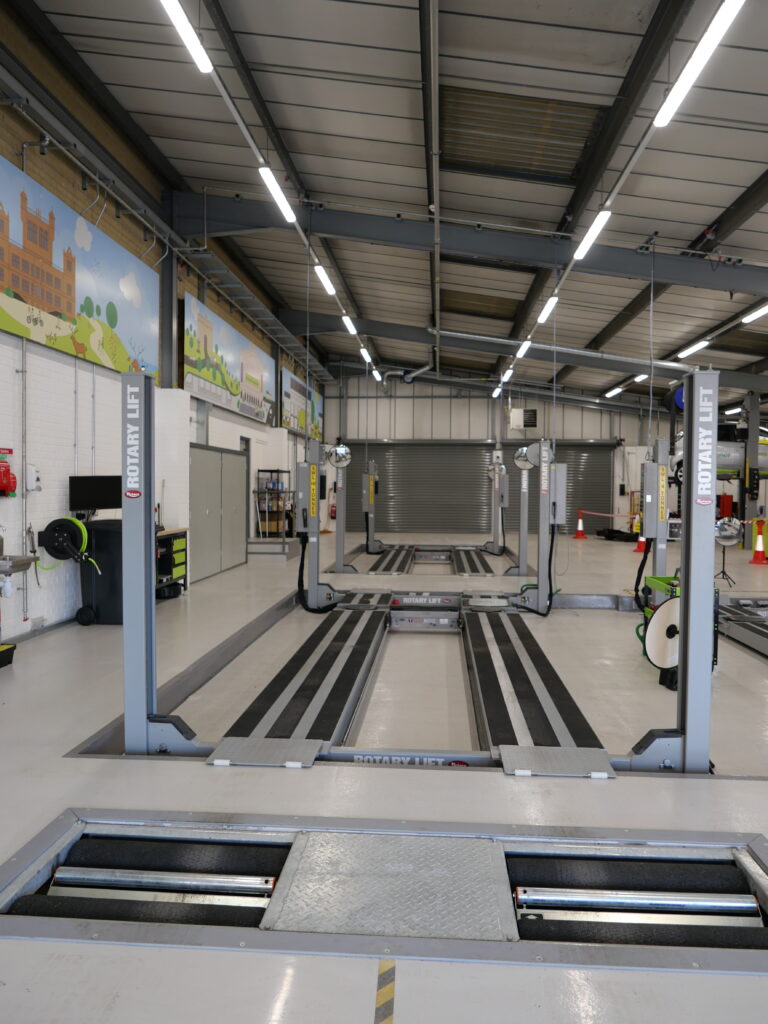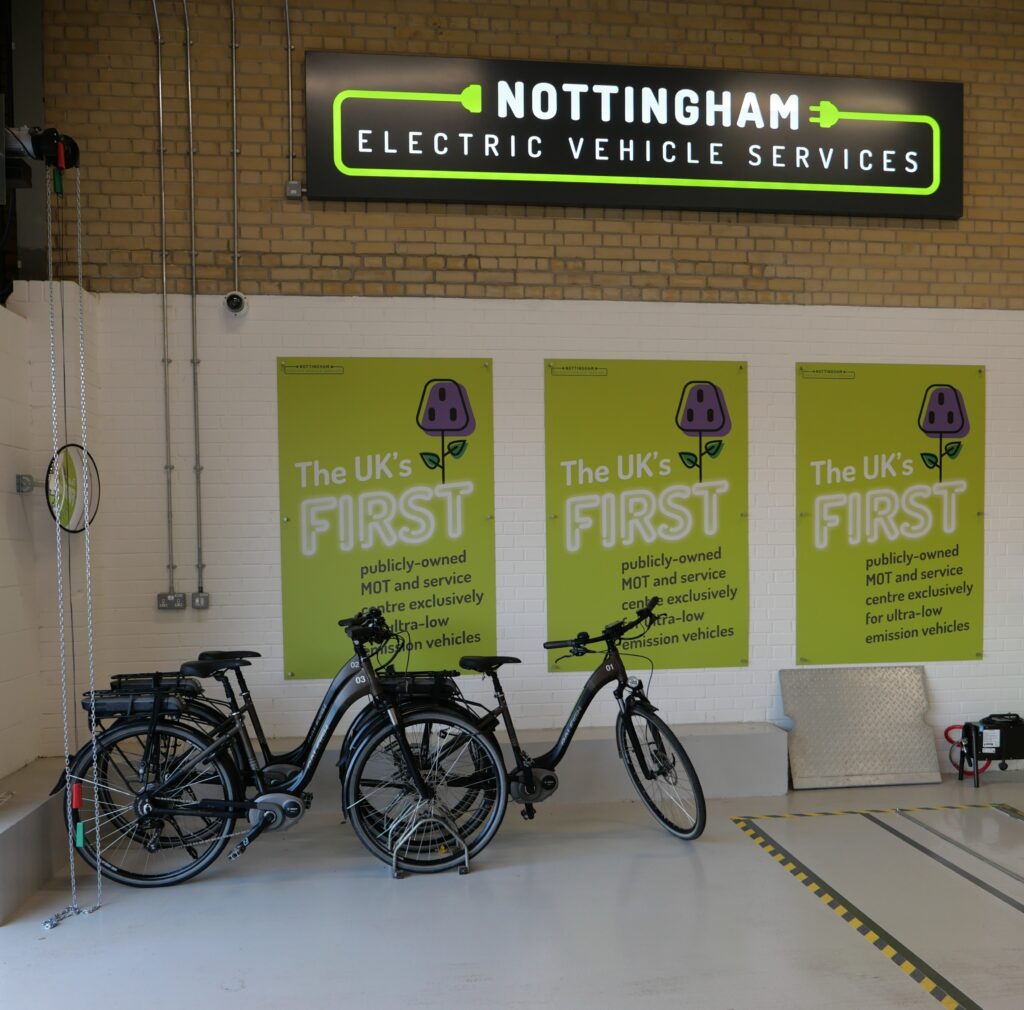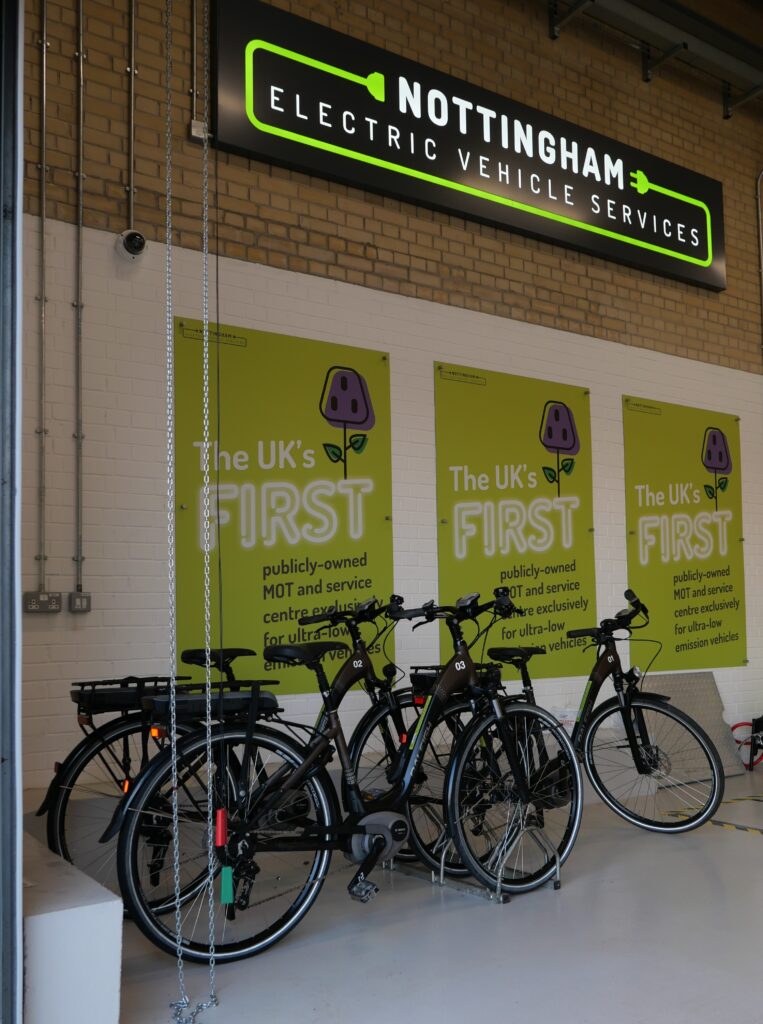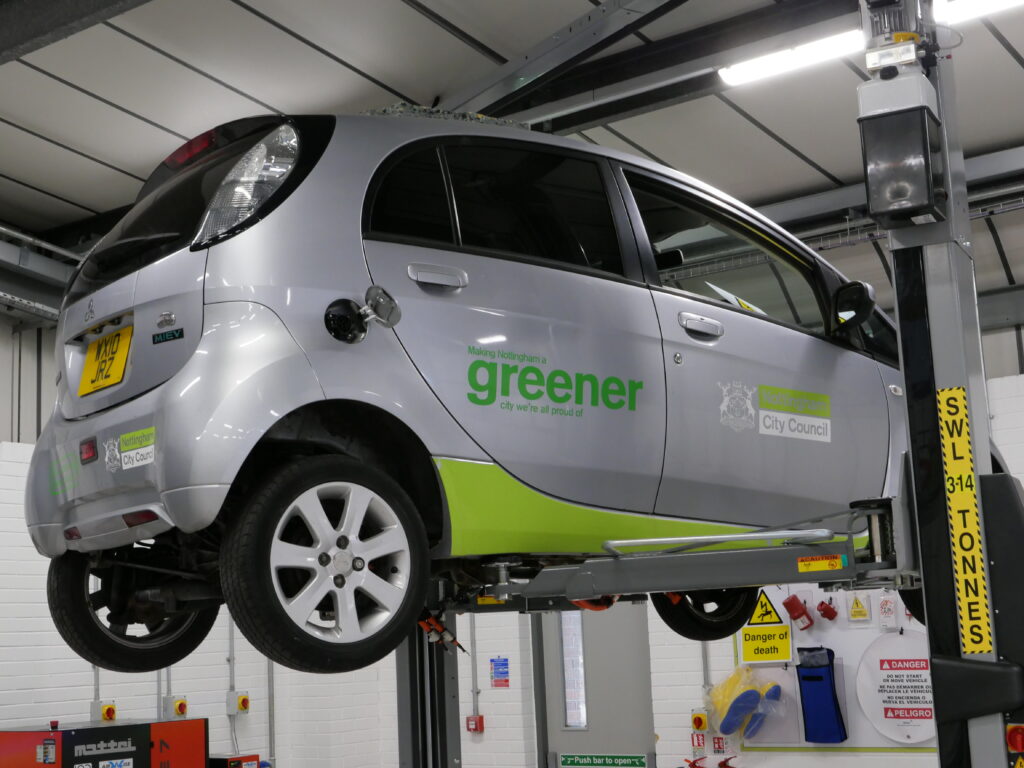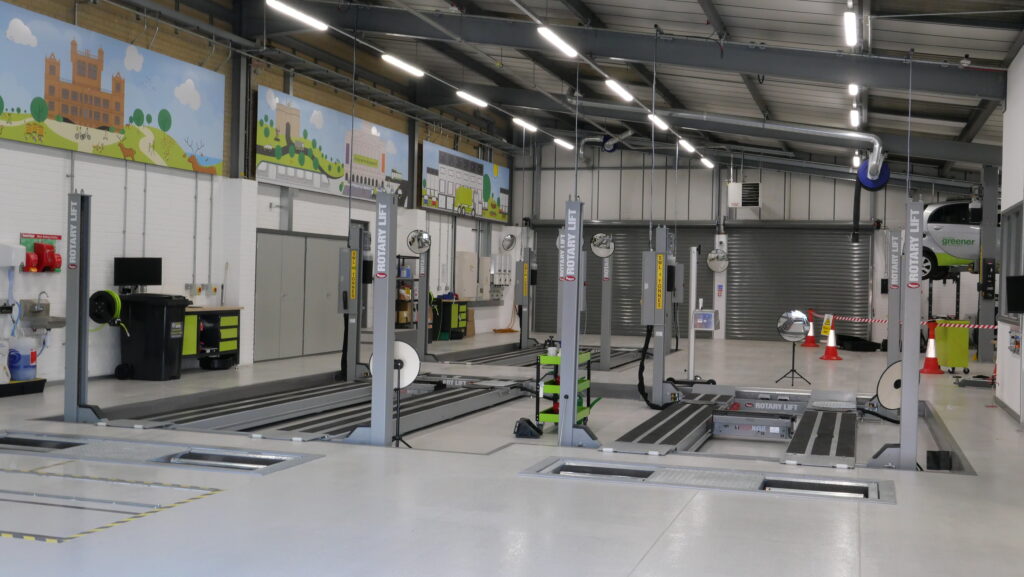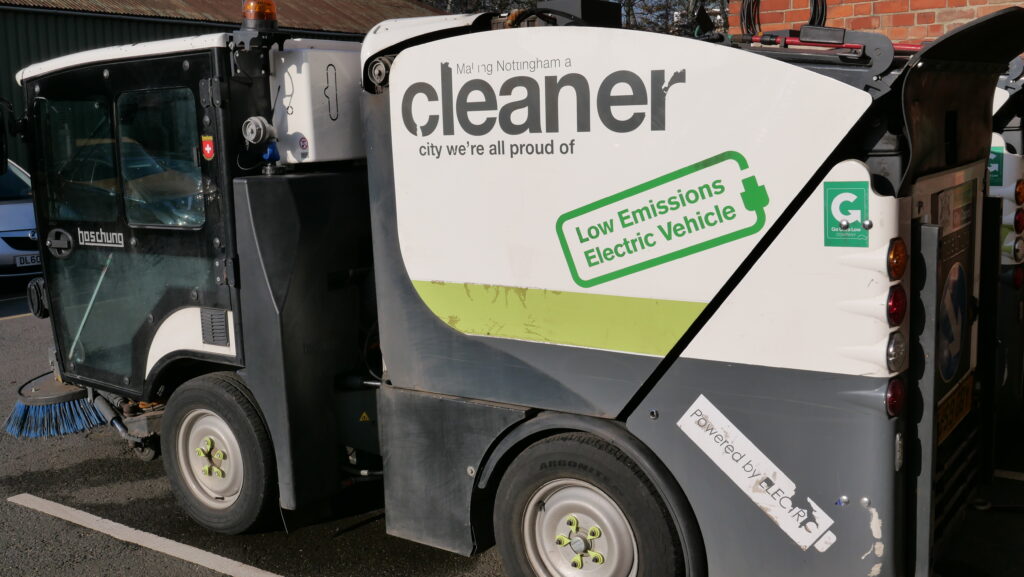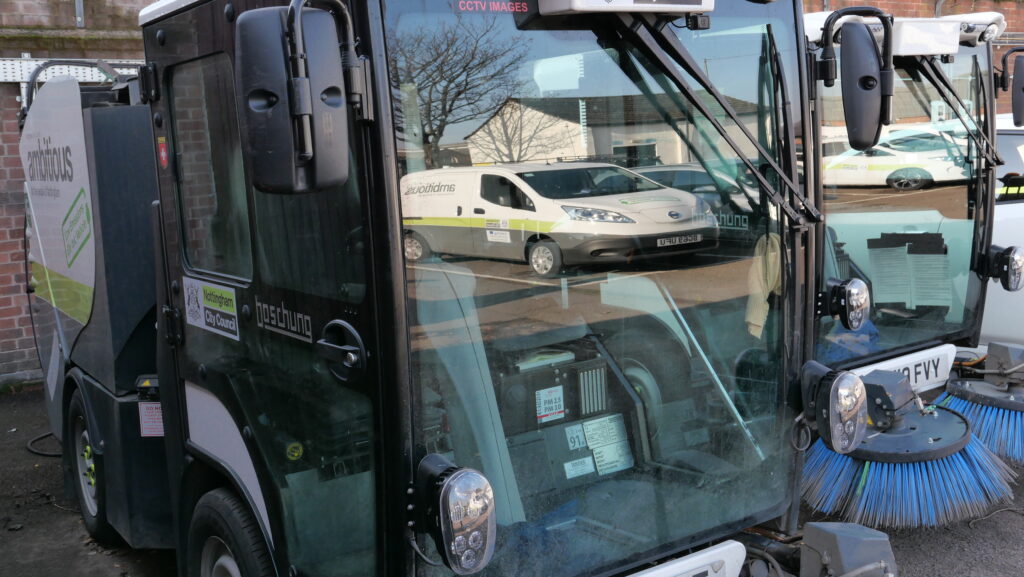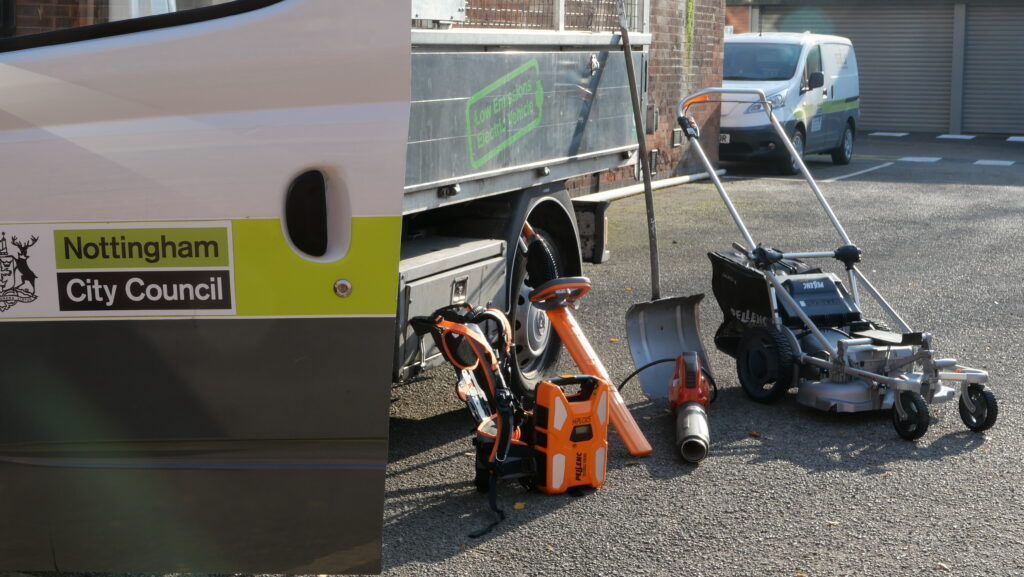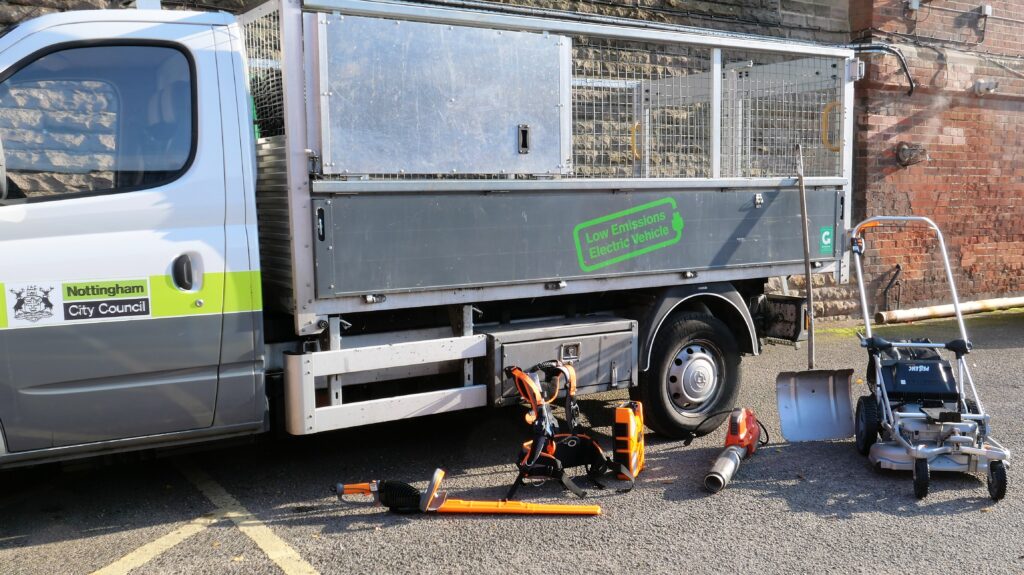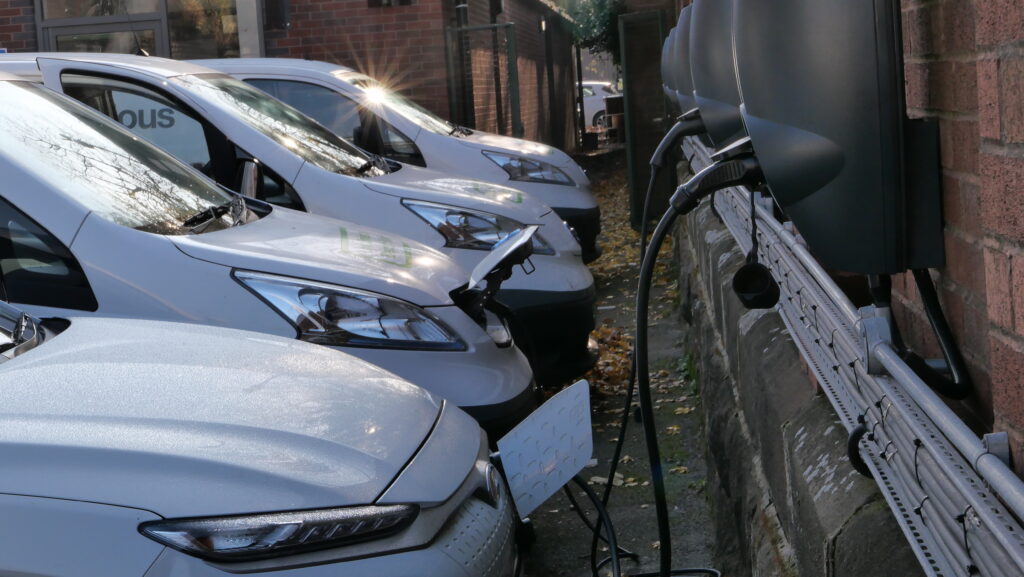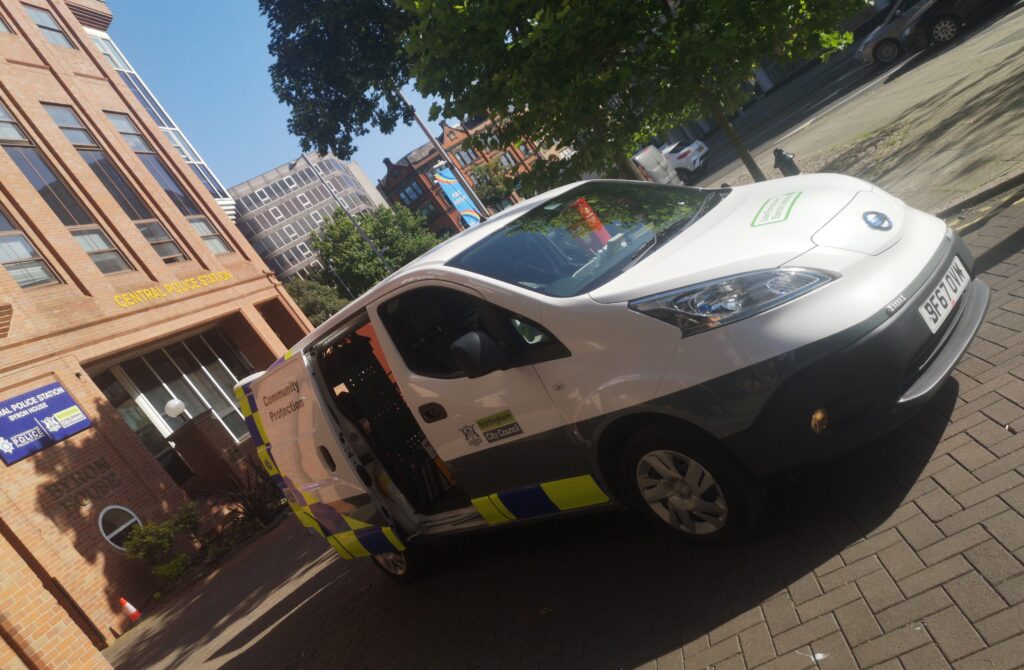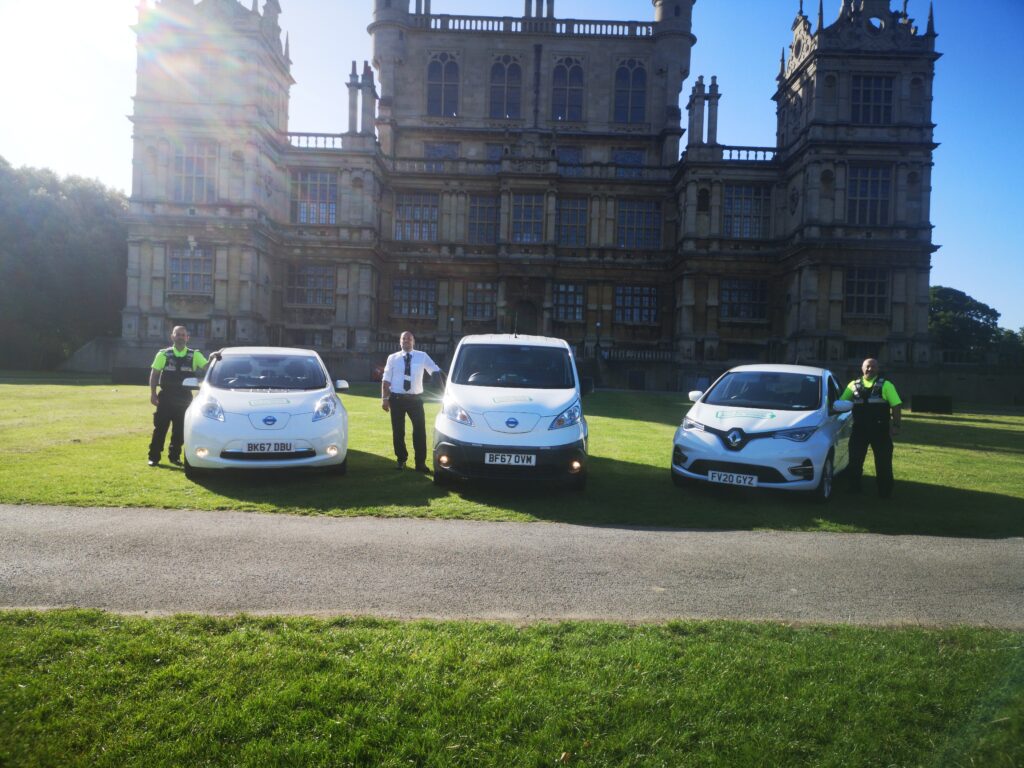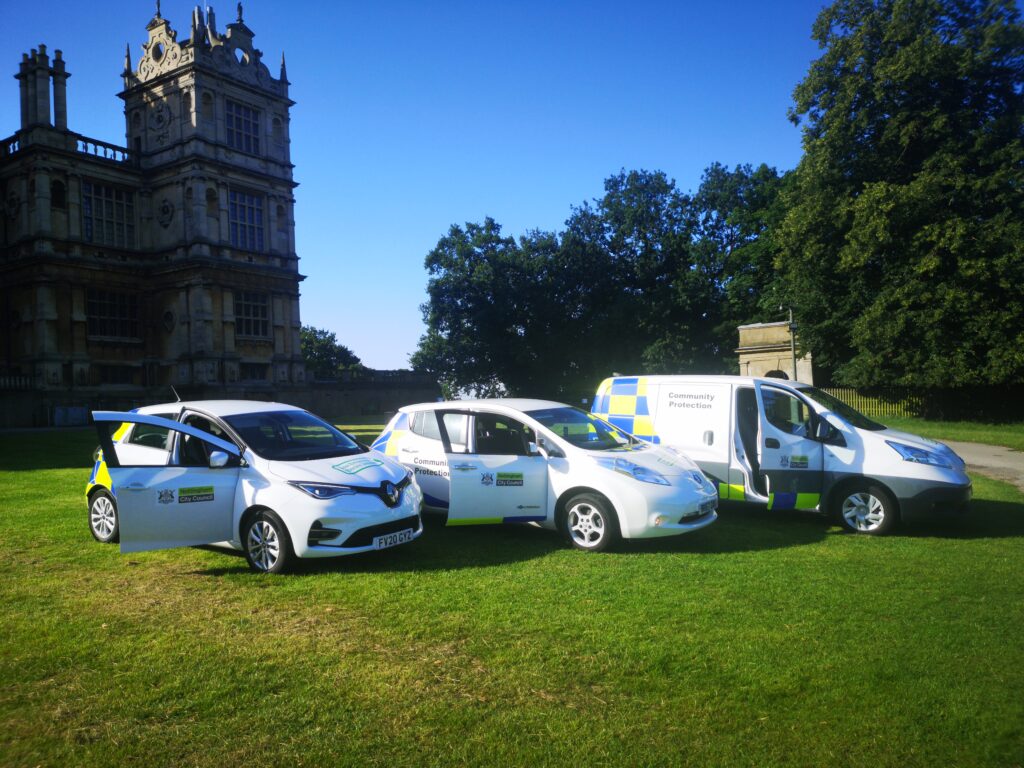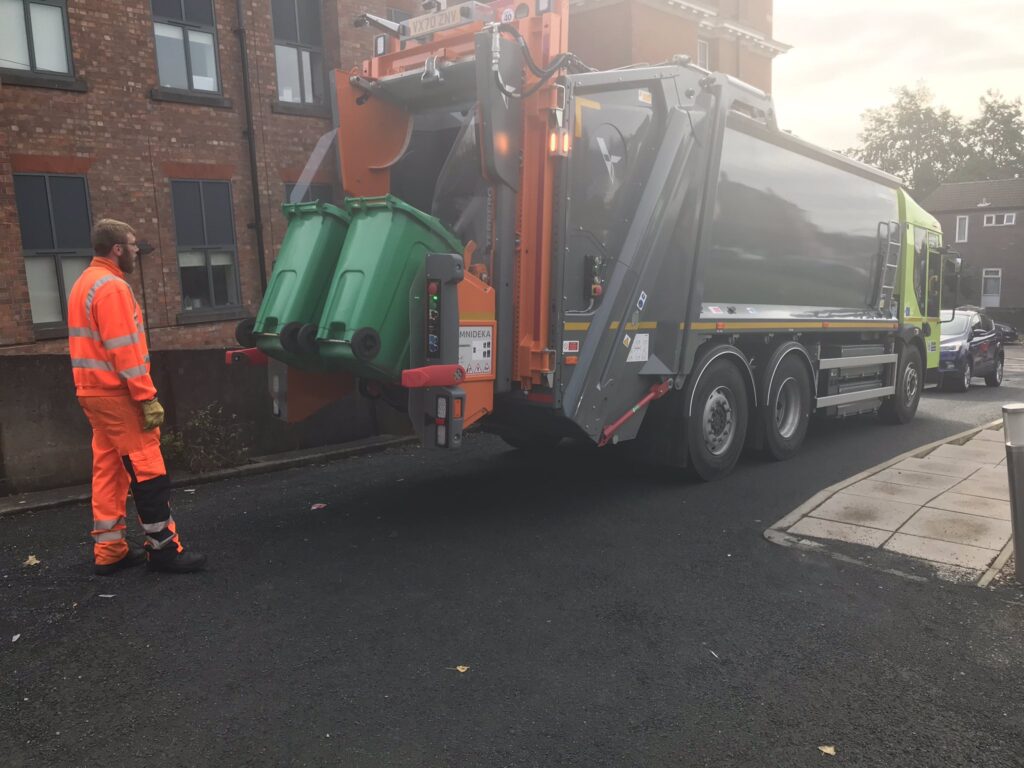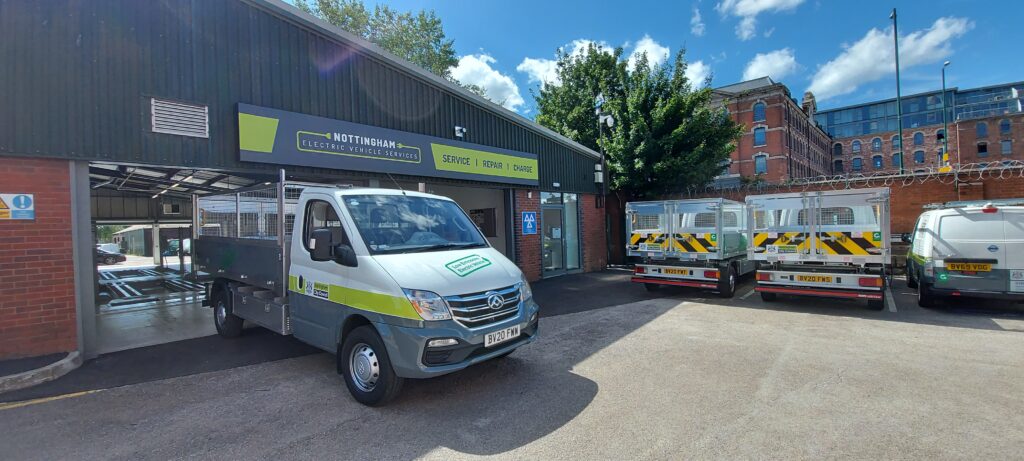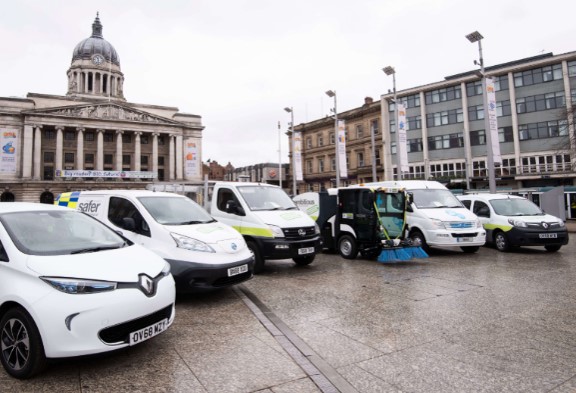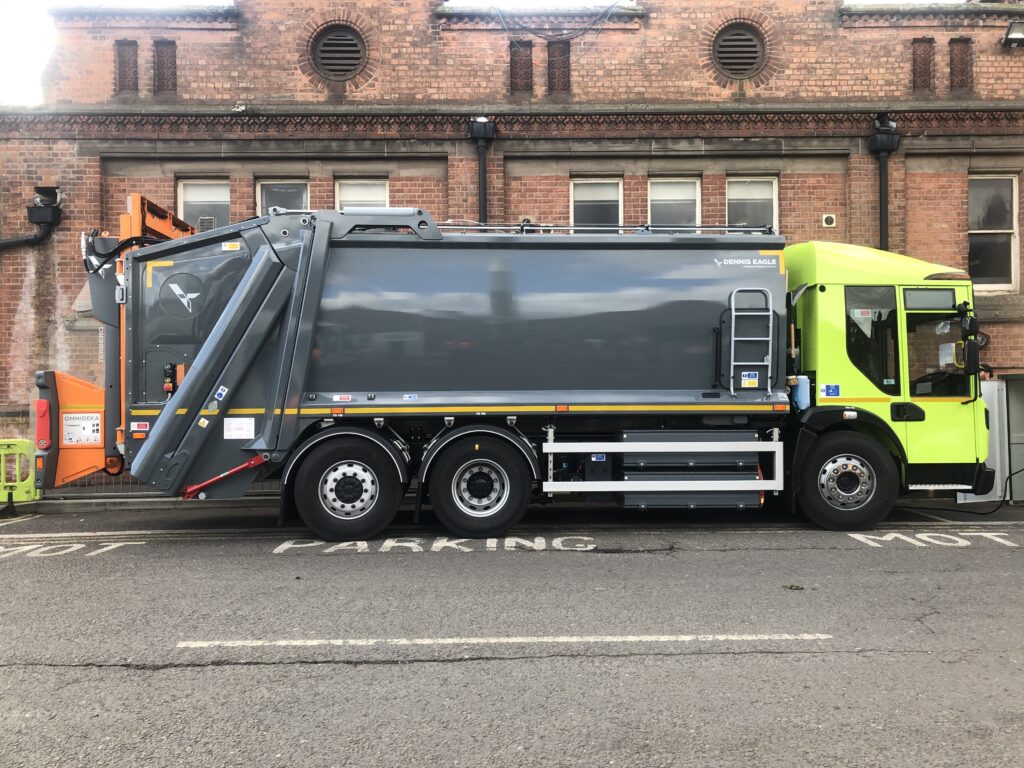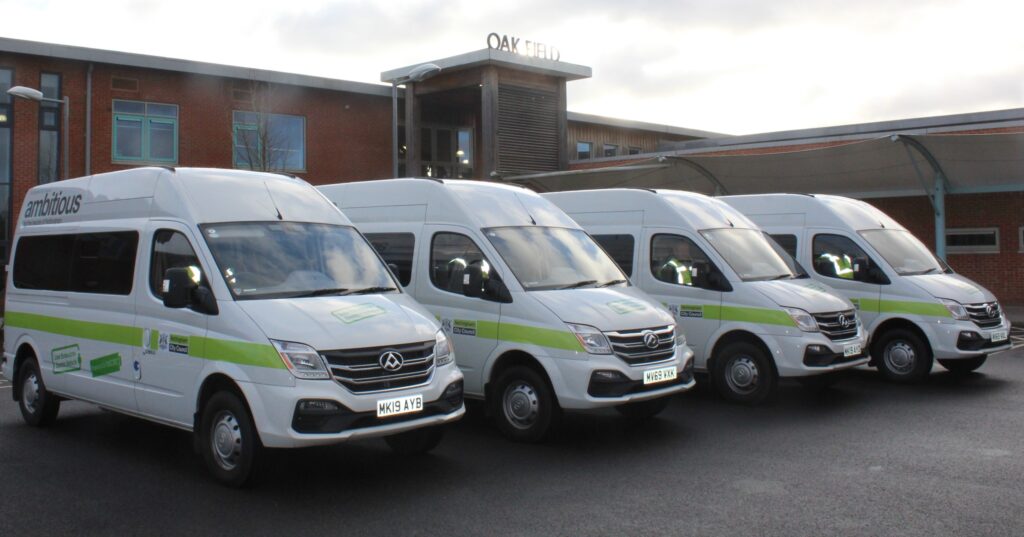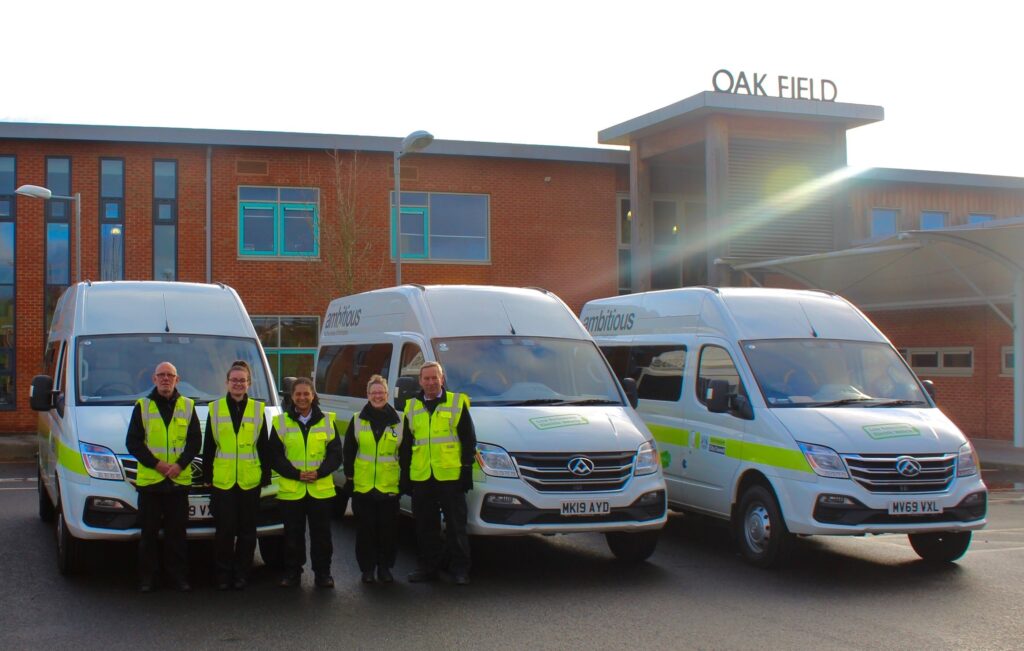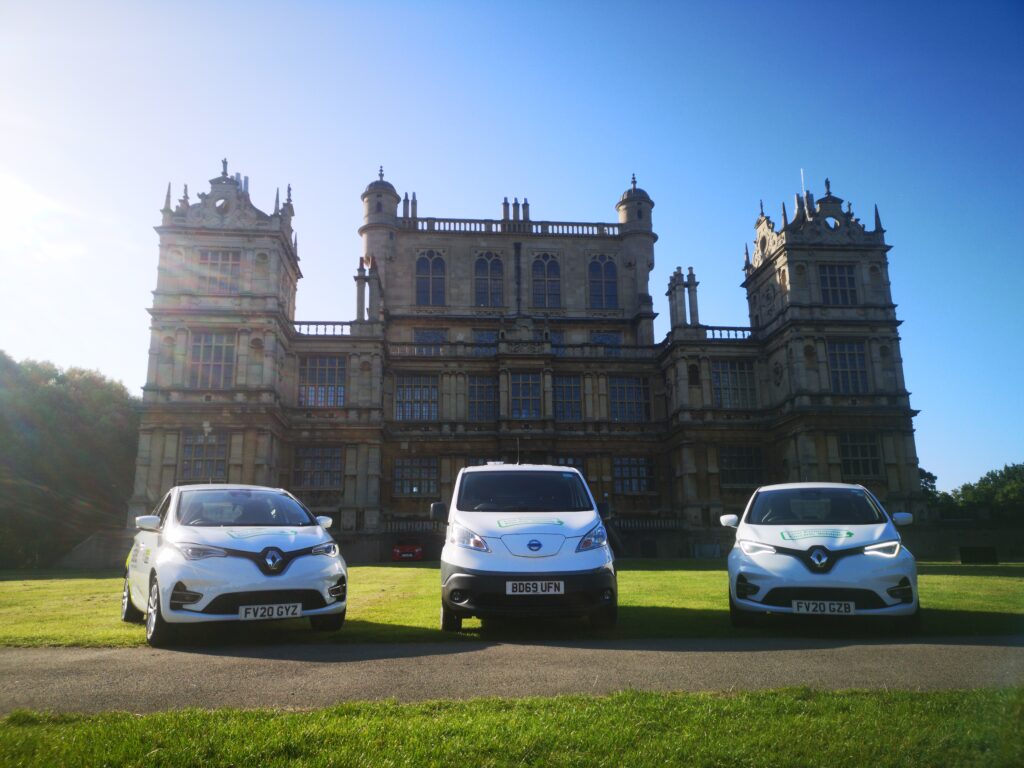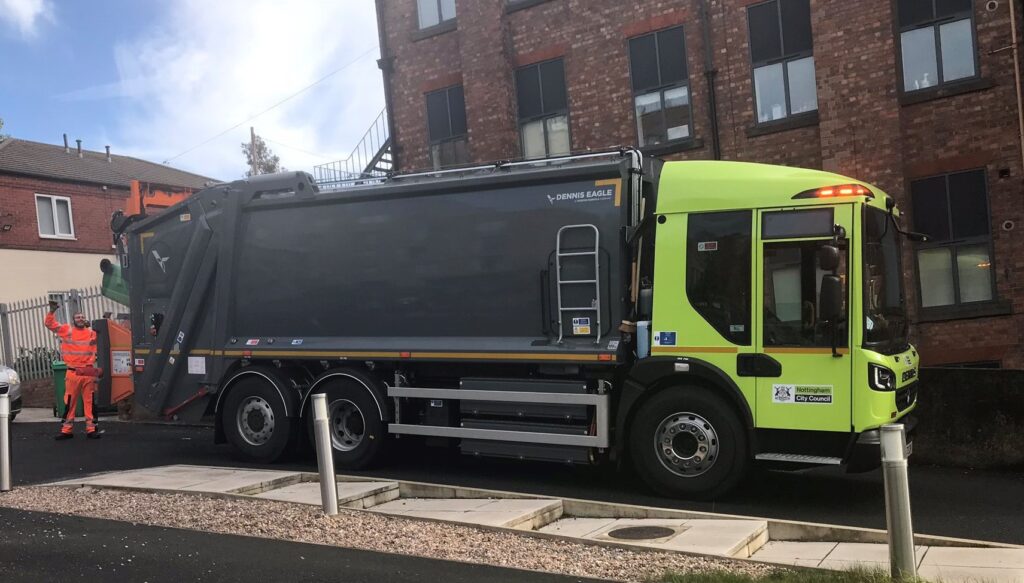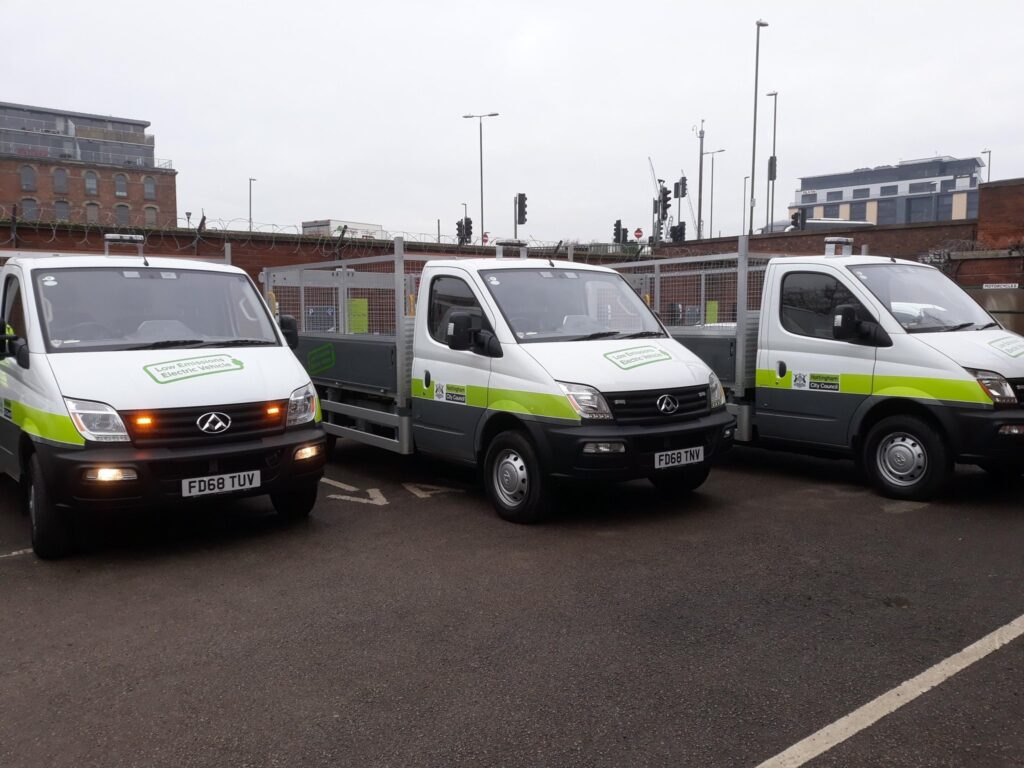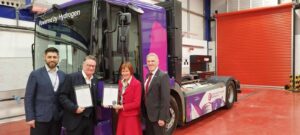Poor air quality accounts for up to 36,000 deaths each year in the UK. Around 400 of these deaths are in Nottingham. Matt Ralfe from Nottingham City Council, tells FVI how the council has put air quality and sustainability at the heart of its agenda and transformed its fleet in just four years.
Air quality is a major issue in UK’s cities. Nottingham City Council (NCC) is a progressive authority with a track record of transformation, particularly within the transport and energy sectors, and the council has been tackling this issue head-on.
The city is leading the way in improving air quality – our Local Plan to Improve Air Quality was the first to be approved by DEFRA last year, and cleaning up our fleet is a vital part of this. Embracing sustainable transport also led to the council becoming one of four Go Ultra Low Cities in 2016.
At NCC, we want citizens to be able to live better, healthier lives, and breathing cleaner air is crucial to achieving this aim. Air quality has always been high on the council’s agenda, which is one of the reasons we introduced a Workplace Parking Levy in 2011 – a charge on employers that provide parking to employees – and the revenue from this scheme goes towards public transport improvements such as new tram lines, electric buses, rental bikes, and upgrades to the train station. We also created the UK’s first ULEV-only lane, investing in high quality, low emission public transport and encouraging active travel.
Taking the lead on electrifying our fleet vehicles seemed the next logical step. This allows us to experience what it is like to be electric vehicle owners, which means we can tackle the barriers to ownership and pass on our experiences and solutions to others, hopefully speeding up the transition to zero-emission transport in Nottingham. Our councillors therefore set us a target to electrify 20% of our fleet by the end of 2020.
We have already exceeded this target. In short, 142 of our 475 vehicles – 30% of our total fleet – are now fully electric. 59% of cars and vans are now EV. The transition has been rapid. We had just two EVs four years ago, but our comprehensive Fleet Electrification Strategy allowed us to quickly move forward to meet the target set by our political leadership.
We have taken a strategic approach to the electrification of our fleet. Rather than simply procuring as many EVs as quickly as possible, we have tried to electrify a wide range of vehicles so that we can assess how EVs fit into our different service areas and where they can have the greatest impact. Therefore, our EV fleet includes electric compact sweepers, cage tippers, minibuses, and two original equipment manufactured refuse collection vehicles. Our ambition for early adoption is highlighted by the fact that each of these electric vehicles were the first of their type in the UK.
In terms of results, the efficiencies speak for themselves – around £368,000 saved in fuel and maintenance costs every year and an annual reduction of upwards of 400 tonnes of carbon dioxide emissions. It would take more than 15,000 trees to absorb the same amount of CO2.
When buying new technology of any kind, the rate of success can vary, and even more so when you are dealing with complex machinery such as fleet vehicles. However, we have been really impressed with the quality and effectiveness of our EVs and each of them has proven to be more than capable of performing the duties required.
We take the view that we are entering into a partnership whenever we buy and EV, and our suppliers have approached this in the same spirit, working with us to optimise the vehicles for Nottingham’s requirements – from adding solar panels to our minibuses to tweaks on the sweepers – which meant we achieved a substantial increase in operating time.
The whole industry acknowledges that we need to work collaboratively to innovate as quickly as possible and deliver the pace of change needed to address the climate crisis we are facing. It has been great to see an industry revolutionise at such speed and scale.
In addition to the direct cost and emissions benefits, we have also noticed an increase in driver wellbeing and a positive reaction from citizens to the reduction in air and noise pollution. Many team members who drive an EV as part of their role are now considering buying an electric car as their personal vehicle. Some have already made the switch. This is exactly the sort of change we were hoping to instigate.
Moving forward, we are looking at expanding our eRCV fleet so we can assess feasibility at scale and we are finalising the purchase of a number of other electric HGVs. Along with the 50 vans that will be entering our fleet as part of the Electric Van Experience project, I expect that we will have 200 EVs by the end of 2021 and that 50% of our fleet to be zero-emission by the end of 2022.
It is now ‘business as usual’ to purchase electric. Our ULEV Framework ensures lead time and cost is minimised on future purchases and the clear pricing structure allows us to effectively plan our finances to ensure EV adoption is as swift as possible.
The success of our electric handheld plant has also been a welcome surprise and we will be rolling out this out in substantial volume in the next year. We are considering the creation of a framework for this to smooth the procurement process for ourselves and other public sector bodies moving forward.
We are currently upgrading our main depot, which dates back to the Victorian era. Installing photovoltaic (PV) panels and significant numbers of EVs caused issues with the electric infrastructure at the site. Our energy colleagues are leading on significant changes to bring the electrical infrastructure up to date, which is an opportunity to increase the load capacity and install battery storage and vehicle-to-grid technology. We will assess how all this innovative energy interacts and how we can reduce costs and maximise efficiency to minimise the strain that charging our EVs places on the grid.
We are, however, conscious that it is not sustainable for all ICE drivers to switch to EVs and we are encouraging many more sustainable and healthier electric mobility options. We are installing new shelters for e-bikes, e-cargo bikes, and e-scooters as well as ensuring the changing room and shower facilities at our depot are modern and encourage people out of their cars. NEVS will offer repair and maintenance on-site to give further reassurance to potential electric users.
Like everywhere else, infrastructure is critical. We cannot do this on our own so we have bid for and won grant funding to establish a public sector charging network across Derbyshire and Nottinghamshire. The idea is that those who sign up to the shared network will have access to all EV charging points on the network. This would boost EV uptake by minimising the investment in charging infrastructure required across the public sector. It would also help reduce the need for costly site upgrades where organisations are hitting the limit of electric load on-site. The network will also improve the flexibility of EV fleets as public sector EVs could recharge at no extra cost at sites across Derbyshire and Nottinghamshire.
We have proven that fleet electrification is possible. While continuing with our own journey, we want to make it as easy as possible for others to follow in our footsteps.
We are always keen to talk to anyone involved in EVs or mobility, particularly other local authorities who are thinking of fleet electrification. For more information, email: [email protected].
